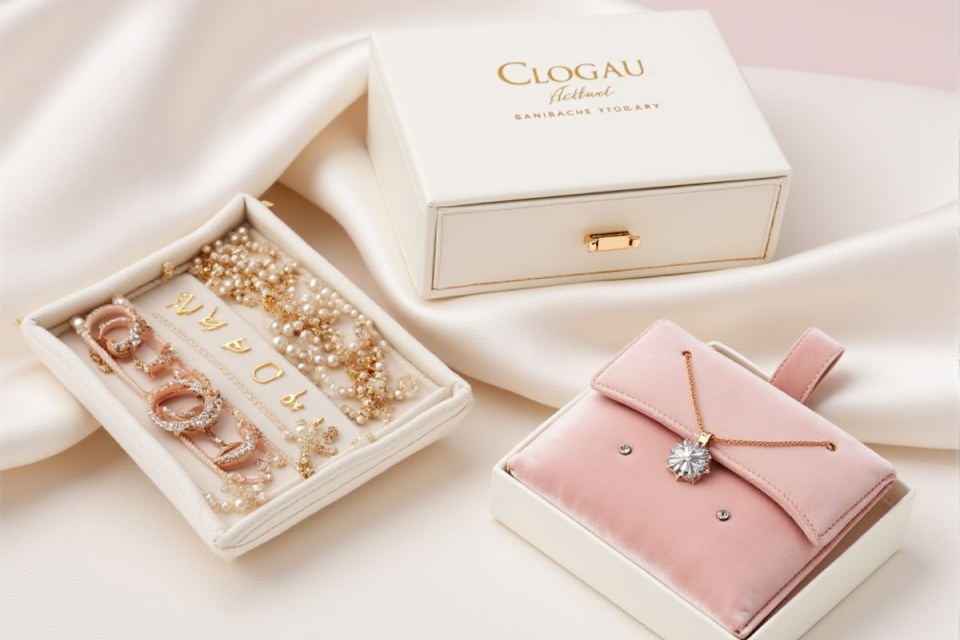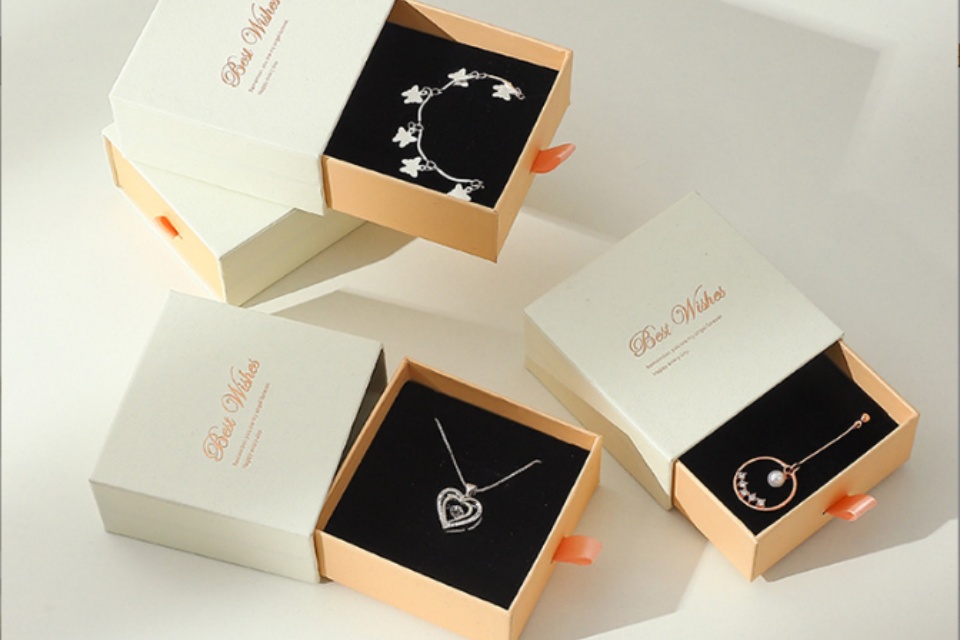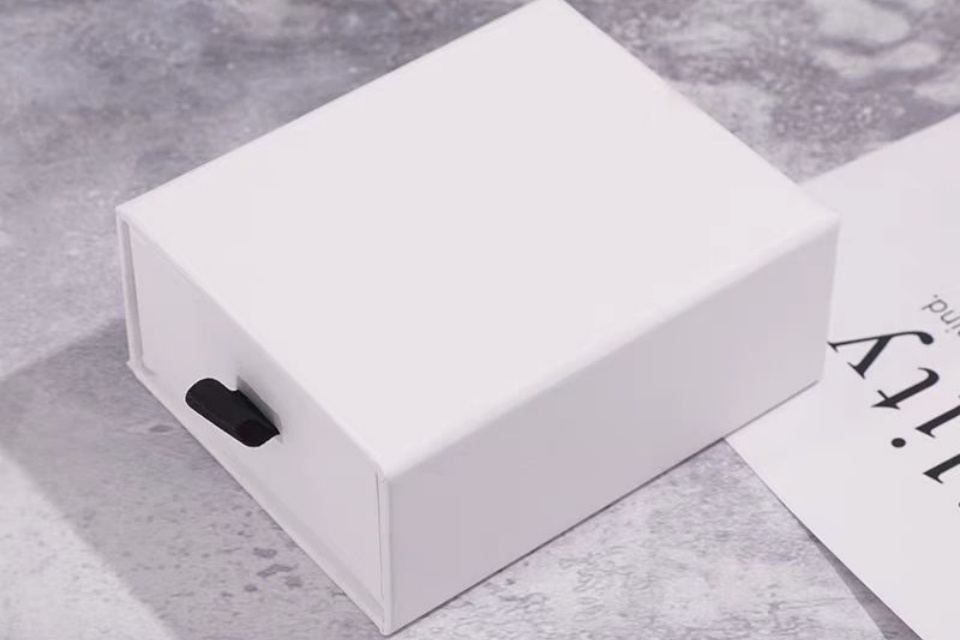Our News
Protecting Jewelry In Transit And Storage
Protecting Jewelry In Transit And Storage
Summary
Protecting jewelry in transit and storage involves a series of strategies designed to mitigate the risks associated with theft, loss, and damage. As jewelry often represents significant monetary and sentimental value, understanding the common risks and implementing protective measures is crucial for owners and collectors alike. This topic is particularly relevant in the context of increasing instances of theft and the complexities of shipping high-value items, making effective protection measures not only prudent but essential.
Key concerns include theft, which remains a prevalent issue, often exacerbated by inadequate insurance coverage that may impose limits on claims for lost or stolen items. For example, standard homeowners' policies may cap coverage for jewelry theft at a fraction of the actual value, leaving owners vulnerable to substantial financial loss. Additionally, the risk of damage during transit is significant, as jewelry can suffer physical impacts or environmental exposure without proper packing and insurance. Ensuring that items are securely packaged and insured can help protect against these vulnerabilities.
Storage practices are equally critical; using secure safes or safety deposit boxes is recommended to minimize the risk of theft and damage. Regular inspections and maintenance of stored items further safeguard against deterioration. Fluctuating market values also play a role, necessitating periodic appraisals to ensure insurance coverage reflects the current worth of valuable pieces. This need for reappraisal underscores the dynamic nature of jewelry as an asset, which can see substantial value changes over short periods.
In addition to addressing risks, effective methods of protection include employing appropriate packing techniques, securing adequate insurance, and following best practices for storage. By combining these strategies, individuals can significantly enhance the security of their jewelry collections, ensuring that treasured pieces remain safe and in pristine condition during both transit and storage.
Common Risks
When transporting and storing valuable jewelry and fine art, several risks must be considered to ensure their safety and integrity.
Theft and Loss
Theft remains a primary concern for jewelry owners. Many insurance policies have specific sublimits for jewelry theft claims, which can significantly impact recovery in case of loss. For instance, a standard homeowners insurance policy might limit coverage for stolen jewelry to as little as $1,500, even if the overall personal property coverage is much higher. Additionally, "mysterious disappearances"—instances where items go missing without clear explanation—are often more common than high-profile thefts, highlighting the need for vigilant care during transit.
Damage During Transit
Jewelry is susceptible to damage during shipping. This can include physical impacts, exposure to harsh environmental conditions, or mishandling. In some cases, insurance policies like those offered by Cabrella provide supplemental shipping insurance, specifically tailored to cover the actual value of high-value items being shipped, thereby safeguarding against common shipping risks. Items can suffer from various issues, including lost stones or damaged settings, if not properly insured during transport.
Storage Risks
Proper storage is essential in preventing damage and theft. Valuables should be stored in high-security safes or safety deposit boxes when not in use to minimize risk. It's important to regularly inspect stored items for wear and tear, addressing any issues promptly to prevent more significant problems. Furthermore, some insurers offer specialized collections coverage that protects items against loss during travel, accidental damage, or even theft while stored away, providing comprehensive safeguards for jewelry collections.
Fluctuating Values
The market value of jewelry can fluctuate significantly, influenced by demand and supply chain disruptions. Regular reappraisals every 3 to 5 years are recommended to ensure that insurance coverage reflects the current value of valuable pieces. This is particularly crucial for items such as rare diamonds and high-value art, which can see drastic changes in worth over short periods.
Methods of Protection
Packing Techniques
To ensure the safety of jewelry during transit, it is essential to pack valuables using appropriate techniques. Items should be stored in nondescript boxes to help conceal their contents, which minimizes the risk of theft. Jewelry pieces should be kept separated using soft cloths or fabric pearl folders to prevent scratches and abrasions. For necklaces and pearls, utilizing fabric folders can offer additional protection, while watches should be transported in dedicated rolls to prevent movement and potential damage during travel.
Before packing, it is crucial to inspect each item for any existing damage such as loose stones, broken clasps, or damaged prongs. If any issues are identified, professional repairs should be sought to prevent further complications during transit. Moreover, using hard containers can limit movement and reduce the risk of damage, ensuring that each piece is secured individually within the transport kit.
Insurance Considerations
Insuring jewelry during transport is vital for financial protection against loss or damage. Standard homeowners insurance may provide limited coverage, often excluding certain scenarios such as accidental loss or damage during transit. It may be prudent to increase the coverage limit on a homeowners policy or obtain a separate policy tailored specifically for high-value items. Specialty insurance, like Jewelers Block Insurance, can also cover theft, damage during transit, and other risks associated with jewelry inventory.
It is important to assess the insurance options available and choose a policy that covers the full value of the items being transported. This may involve periodic appraisals to document the current value of jewelry and collectibles.
Safe Storage
When not in use, jewelry should be stored securely in a high-security safe bolted to the floor or in a safety deposit box at a bank. This precaution helps to safeguard valuables from theft and damage. Proper storage techniques are essential for maintaining the condition of jewelry and can help avoid issues related to wear and tear over time.
Additionally, creating an organized inventory of jewelry items, including photographs and appraisals, can aid in recovery if loss occurs. This systematic approach ensures that each piece is accounted for and that their values are documented for insurance purposes.
By implementing these packing, insurance, and storage strategies, individuals can effectively protect their jewelry against potential risks during transit and storage.
Tips for Protecting Jewelry
When it comes to protecting jewelry during storage and transit, there are several best practices to ensure that your valuable pieces remain safe and in pristine condition.
General Storage Techniques
One of the most effective ways to store jewelry is by using a jewelry box that features soft lining and individual compartments. This design helps prevent scratches and keeps pieces from tangling. If a jewelry box is unavailable, alternatives such as small pouches, anti-tarnish cloths, or fabric-lined trays can also provide adequate protection. Always store jewelry in a cool, dry place, away from direct sunlight and humidity, to minimize potential damage.
Preventing Damage While Traveling
When traveling, it is essential to secure your jewelry to prevent loss or damage. Fastening necklaces before storage and laying them flat in separate compartments can help avoid tangling. Alternatively, using hooks or individual pouches can provide added security. For delicate chains, threading them through a straw can prevent tangling during transit. Additionally, keeping a low profile by avoiding the display of valuable items can help reduce the risk of theft in crowded areas.
Routine Maintenance
Regular cleaning and inspection of jewelry are vital to maintaining its condition. Gentle cleaning with a soft cloth can help preserve shine and prevent buildup from oils and dirt. It's recommended to periodically inspect jewelry for any signs of wear or damage, such as loose stones or damaged clasps, particularly after travel. To ensure long-term care, rotate stored pieces occasionally and consider using silica packets to absorb moisture.
Insurance and Appraisals
For high-value items, it is crucial to consider insurance. Regular appraisals every three to five years can help keep insurance coverage current and accurately reflect the value of your collection. It is advisable to have an inventory list of valuable items, including detailed descriptions and appraisals, to facilitate this process.
By following these tips, you can effectively protect your jewelry from damage, loss, and theft, ensuring that your treasured pieces remain in excellent condition for years to come.
Categories
Latest News
Contact Us
Contact: Aaron Lee
Phone: +8613570866244
Tel: +8675529490260
Add: Li Songlang 2nd Industrial Zone,No.18,FengTang Rd,Guangming New District


